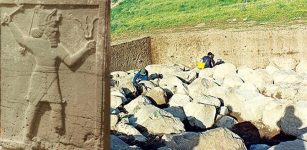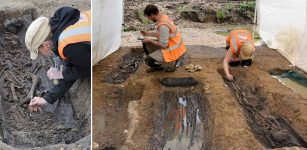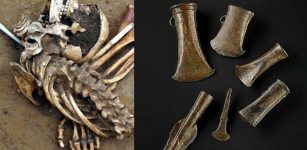Human Occupation In Ireland Existed 2,500 Years Earlier Than Previously Thought
MessageToEagle.com – A remarkable archaeological discovery in a Co. Clare cave has pushed back the date of human existence in Ireland by 2,500 years.
This discovery re-writes Irish archaeology and adds an entirely new chapter to human colonisation of the island – moving Ireland’s story into a new era.
Radiocarbon dating of a butchered brown bear bone, which has been stored in a cardboard box at the National Museum of Ireland for almost 100 years, has established that humans were on the island of Ireland some 12,500 years ago – 2,500 earlier than previously believed.
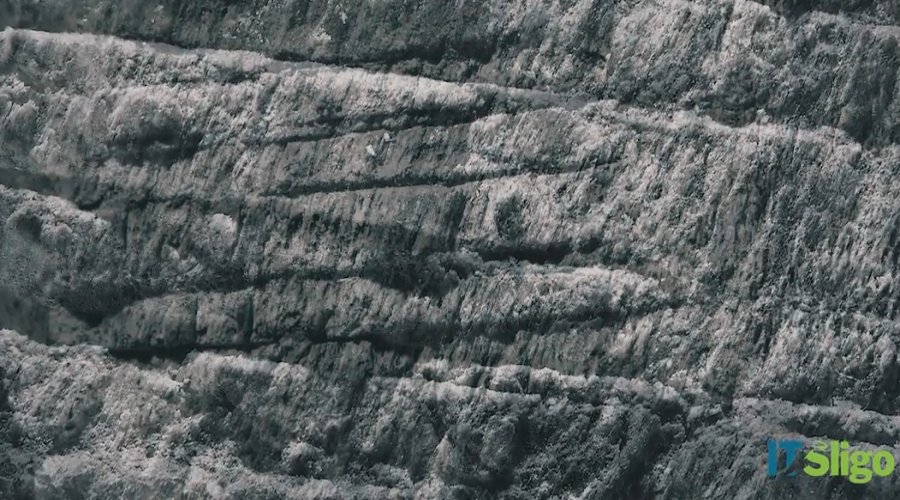
Since the 1970s, the oldest evidence of human occupation on the island of Ireland has been at Mount Sandel in Co. Derry. This site has been dated at 8,000 BC, which is in the Mesolithic period, indicating that humans had occupied the island for some 10,000 years.
New analysis of the fossil – originally found in Co. Clare in 1903 – provides an undisputed evidence that people existed in Ireland during the preceding Palaeolithic period at 10,500 BC, some 12,500 years ago.
“Archaeologists have been searching for the Irish Palaeolithic since the 19th century, and now, finally, the first piece of the jigsaw has been revealed. This find adds a new chapter to the human history of Ireland,” said Dr Marion Dowd, an archaeologist at IT Sligo, who made this important discovery along with Dr Ruth Carden, a Research Associate with the National Museum of Ireland.
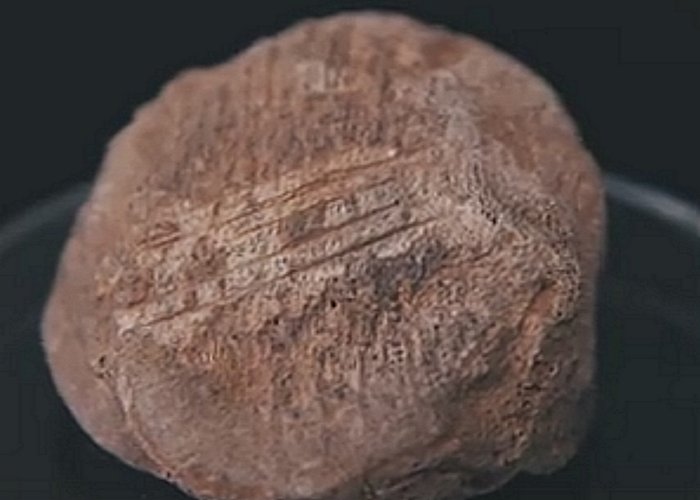
The team sought financial assistance for radiocarbon dating, which was sponsored by the Royal Irish Academy. The Chrono Center conducted the first test.
For further analysis, another sample was sent to the University of Oxford. The experts validated the preliminary results and both examinations indicated human butchery of the bear about 12,500 years ago.
“When a Palaeolithic date was returned, it came as quite a shock. Here we had evidence of someone butchering a brown bear carcass and cutting through the knee probably to extract the tendons. Yes, we expected a prehistoric date, but the Palaeolithic result took us completely by surprise,” says Dr Dowd.
A second sample was sent to the University of Oxford for radiocarbon dating to test the validity of the initial result. Both dates indicated human butchery of the bear about 12,500 years ago.
Researchers say that radiocarbon dating is something never imagined by the people who excavated these bones in caves over a century ago, and these collections may have much more to reveal about Ireland’s ancient past.
Research is published in the international scientific journal Quaternary Science Reviews (QSR).
MessageToEagle.com
Expand for references
